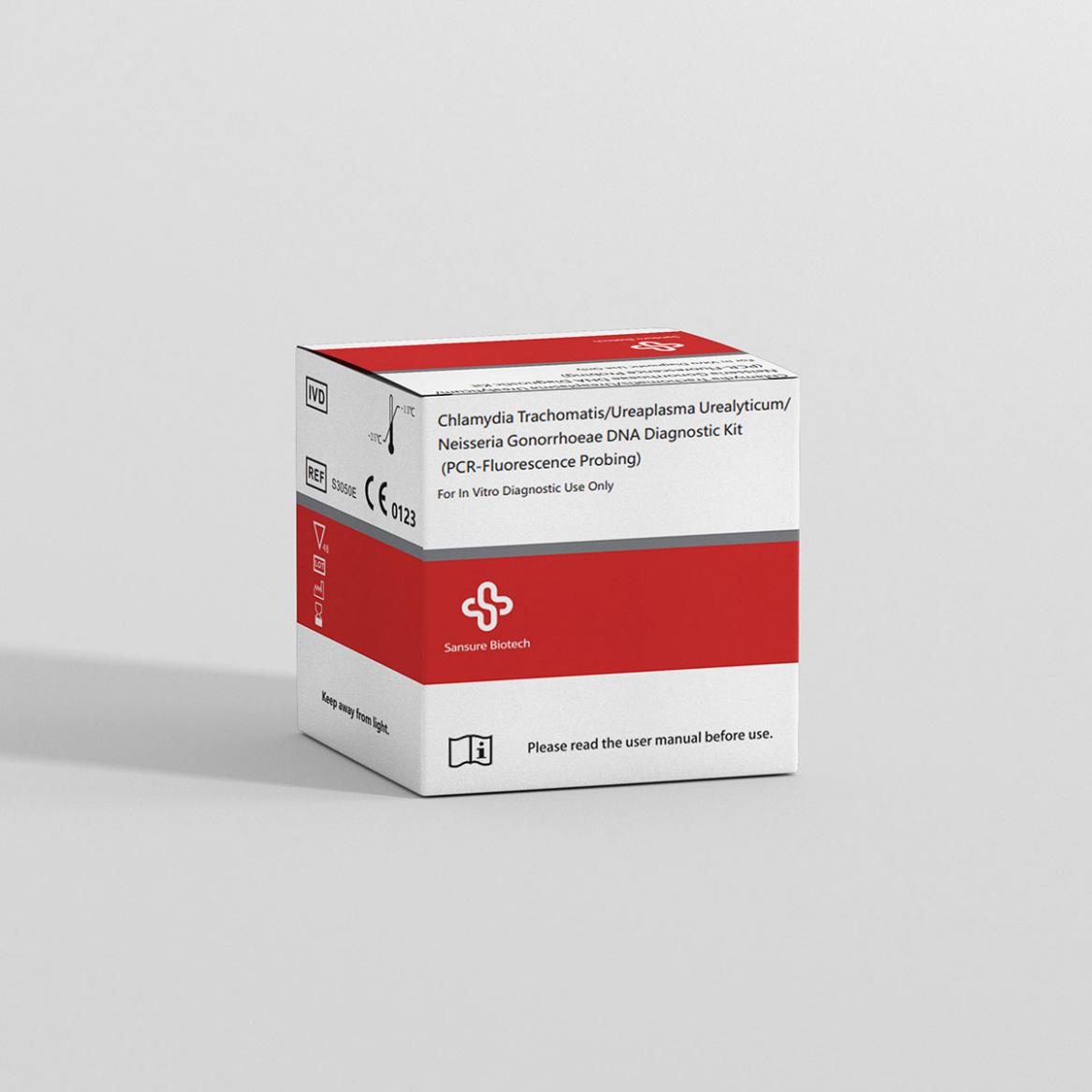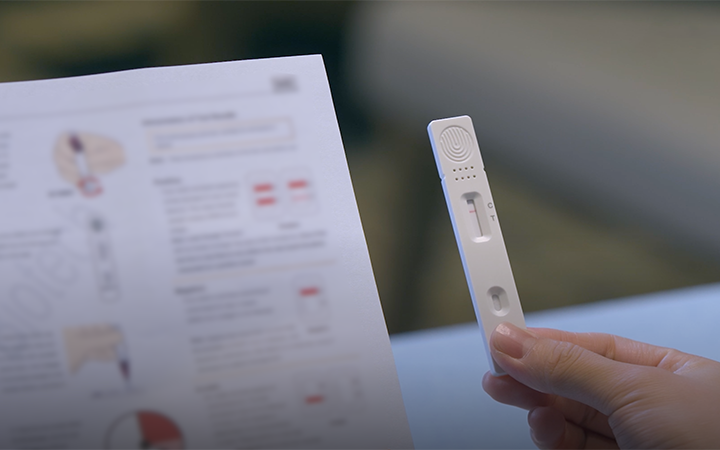Molecular Diagnostics as Accurate and Rapid Response to STI
Sexually transmitted diseases (STDs) or sexually transmitted infections (STIs) are major public health problems worldwide. There are more than 1 million cases of STIs worldwide every day. STIs impact a person’s reproductive healthand are associated with infertility, cancer, pregnancy. In particular, STIs could also greatly increase the risk of HIV infection.
This article will combine official data to know more about sexually transmitted infections. At the same time, we will explore how molecular diagnosis can help people to screen for STIs accurately.

Sexually transmitted infections overview
STI is an infectious disease passed from one person to another through sexual contact. The contact can be vaginal, oral, or anal. Besides, some STIs can also transmit through skin-to-skin contact, such as HPV and herpes. STIs can be caused by bacteria, viruses, and parasites impacting on both men and women. In 2020, the World Health Organization estimated that 374 million people were newly infected with STIs.

Statistics of STIs provided by WHO in 2016
Here is a list of the main infections:
Chlamydia
Chlamydia trachomatis is a transmitted infection caused by bacteria. According to the WHO, there were 127 million cases of chlamydia among men and women aged 15-49 in 2016. After infection, the bacteria will replicate inside the host’s cells without any symptoms in most cases. Chlamydia is one of the most transmitted infections in women, which affects the reproductive tract, urinary tract, and eyes. Severe cases can lead to blindness, infertility, and pelvic inflammatory disease.
Syphilis
Syphilis transmits through vaginal, anal, and oral sex. There are three stages of Syphilis (primary, secondary, and tertiary stage). Each stage will have different symptoms, such as sores, rash, fever, sore throat, and other symptoms. The tertiary stage of Syphilis will directly damage the infected person’s various organ systems, such as the heart, blood vessels, and brain. Overall, syphilis is the second leading cause of stillbirth worldwide and can lead to premature birth, congenital malformations, and other adverse outcomes.
Gonorrhea
Gonorrhea is a sexually transmitted infection caused by bacteria. Gonorrhea can be transmitted through vaginal, anal, or oral sex. Gonorrhea usually shows no symptoms. Most women even mistake it for a bladder or vaginal infection. Patients with gonorrhea will have serious complications that can lead to inflammation of the uterus and infertility. A pregnant woman can also pass gonorrhea on to her baby. Infection in pregnant women can lead to premature delivery or permanent blindness in newborns.
Who should be tested
- All adolescents and adults between the ages of 13 and 64 should be tested for STIs.
- Everyone who is sexually active and has a new sexual partner or has multiple sexual partners needs to be tested annually for chlamydia and gonorrhea. If the partner or sexual partner is found to have an STI, then they need to get tested for STI
- Women should be tested for syphilis, chlamydia, HIV, and hepatitis B before or during pregnancy to prevent transmission of the virus to the baby.
- Patients infected with STIs need to test for STIs
- Sex workers at risk of infection or the person who shares injecting drug equipment should test for STIs
NAAT test at glance
The nucleic acid amplification test (NAAT) is used to detect several different types of STIs. The tester can use NAAT to detect DNA, bacteria, and viruses in a sample to detect the pathogen of STIs. Even if only a small number of organisms were present, the results would be accurate. NAAT outperformed any other test available for diagnosing chlamydial and gonococcal infections in terms of overall sensitivity, specificity, and ease of specimen transport. NAAT can amplify and detect Chlamydia or Gonorrhea-specific DNA or RNA sequences. These tests are 20%–35% more sensitive than earlier non-culture tests. In the past, testing for STIs required a urethral or cervical-vaginal swab. Currently, the tester can test urine samples, which makes it more acceptable and convenient.
Sansure product recommendation
STIs can divide into curable and incurable. When infected with STIs, leaving it untreated can lead to the spread of the infection. Severe cases can be life-threatening. Sansure’s products have passed the comparative tests of many authoritative institutions, including NMPA, CE, MHRA, SFDA, ANVISA, and TGA. The sensitivity and specificity of the products have reached the top international level.

S3050E CT/UU/NG DNA Diagnostic Kit is a real-time fluorescent quantitative PCR technology. Testers can detect Chlamydia, Ureaplasma urealyticum, and Neisseria gonorrhoeae in male urethral and female reproductive tract secretions with sterile calcium alginate swabs. In addition, it can provide a preliminary molecular diagnosis basis for early diagnosis and high-risk groups. Moreover, Sansure offers plenty of products that can also help diagnose different STIs. For instance,S3001E CT can screen chlamydia DNA; S3003E NG is suitable for screening gonorrhea DNA; S3002E HSV-2 can screen for the herpes virus. These technologies make the detection of reproductive tract pathogens more accurate, efficient, and convenient.
Contact us to learn more about our solutions for STIs!





